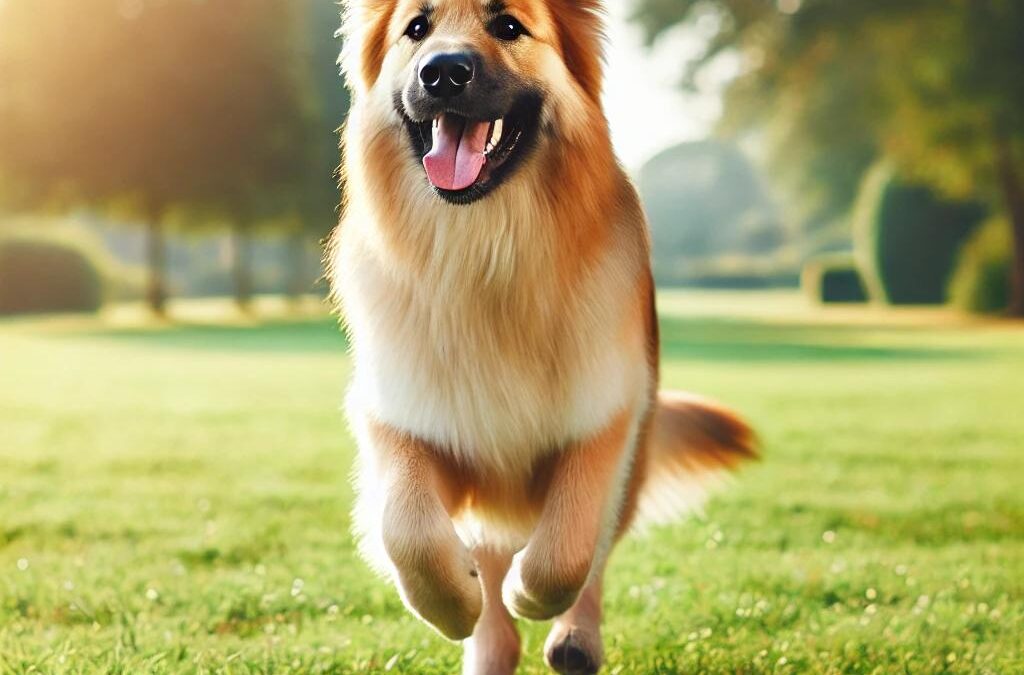癌症是狗死亡的主要原因之一,研究人員發現狗的體型在決定其癌症的風險方面起著重要作用。雖然所有的狗都容易患癌症,但研究表明,較大的品種比較小的品種更容易患某些類型的癌症。了解體型與癌症風險之間的關聯可以幫助狗主人就寵物的健康和照顧做出明智的決定。在本文中,我們將探討為什麼大型犬罹患癌症的風險較高,這是大型犬種中最常見的癌症,以及如何降低狗的癌症風險。
體型與癌症風險之間的聯繫
多項研究表明,大型犬種比中小型犬種更容易罹患癌症。這種風險增加的主要原因被認為與大型犬的生物學有關,包括它們的生長速度加快、壽命較短和細胞數量較多,所有這些都可能導致癌症的可能性更高。
1. 更快的成長率
大型犬在生命的早期階段往往生長迅速。這種加速生長會導致細胞複製異常,增加細胞發展成癌性腫瘤的機會。生長速度越快,DNA 複製出錯的機會就越多,導致癌症。
2. 壽命較短
平均而言,較大的狗比較小的狗壽命短。小型犬的壽命可能為 12 至 15 年或更長,而大丹犬或聖伯納犬等巨型犬種的壽命通常只有 7 至 10 年。由於癌症通常是一種隨著年齡增長而發展的疾病,大型犬的衰老過程更快,這可能導致癌症更早發病。
3. 細胞體積增加
大型犬比小型犬擁有更多的細胞,只因為它們是體型較大的動物。狗體內的細胞數量越多,突變和癌細胞發展的機會就越多。細胞體積與癌症風險之間的這種相關性是較大品種更容易患癌症的關鍵原因之一。
大型犬種的常見癌症
雖然癌症可能影響任何狗,但某些類型的癌症在較大的品種中更常見。了解這些特定的癌症類型可以幫助狗主人保持警惕,並在必要時尋求早期治療。
1. 骨肉瘤(骨癌)
骨肉瘤是一種常見的骨癌,尤其是大型犬種,如大丹犬、羅威納犬和愛爾蘭獵狼犬。它通常會影響腿部的長骨,並且可能具有攻擊性,並擴散到身體的其他部位。早期症狀包括受影響區域跛行、腫脹和疼痛。
2. 血管肉瘤
血管肉瘤是一種侵襲性癌症,會影響血管,最常見於德國牧羊犬和金毛尋回犬等大型品種。這種類型的癌症通常會影響脾臟、肝臟和心臟。它在早期階段很難被發現,通常會出現嗜睡或食慾不振等模糊症狀。
3. 淋巴瘤
淋巴瘤是一種淋巴系統癌症,在所有體型的狗中都很常見,但在大型犬種中尤其常見。患有淋巴瘤的狗可能會出現淋巴結腫大、食慾不振和嗜睡。如果及早發現,通常可以成功治療,儘管它可能會復發。
4. 肥大細胞腫瘤
肥大細胞腫瘤是皮膚癌,在大型犬中較常見。這些腫瘤可能表現為皮膚上的腫塊或腫塊,大小和外觀可能有所不同。雖然有些肥大細胞腫瘤是良性的,但其他腫瘤可能是惡性的並擴散到身體的其他部位。
如何降低大型犬罹患癌症的風險
雖然狗的體型會增加罹癌的風險,但有多種方法可以降低罹患癌症的可能性並促進整體健康。
1. 保持健康的體重
肥胖是狗狗罹患癌症的重要危險因子。透過適當的飲食和定期運動保持健康的體重可以減輕狗狗身體的壓力並降低罹患癌症的風險。超重的狗更有可能出現慢性炎症,這可能導致癌細胞突變。
2. 定期獸醫檢查
早期發現對於治療癌症至關重要。安排定期獸醫檢查以監測您的狗的健康狀況,尤其是隨著它們年齡的增長。您的獸醫可以進行常規血液檢查和體檢,以發現癌症或其他健康問題的早期跡象。
3. Spaying and Neutering
給你的狗絕育可以降低某些癌症的風險,特別是生殖系統癌症,例如女性乳癌和男性睪丸癌。請諮詢您的獸醫,以確定給您的狗絕育的最佳時間,因為早期幹預有助於預防癌症的發生。
4. 提供營養豐富的飲食
為您的狗提供均衡、營養豐富的飲食可以支持它們的免疫系統和整體健康。包括優質蛋白質、健康脂肪和富含抗氧化劑的水果和蔬菜,有助於減少發炎和支持細胞健康。
5. Avoid Exposure to Toxins
限制您的狗接觸已知的致癌物質,例如煙草煙霧、殺蟲劑和某些化學物質。提供清潔、無毒的環境可以降低狗狗罹患癌症的幾率。
雖然較大的狗由於體型較大而更容易患癌症,但您可以採取許多積極主動的措施來降低風險。從保持健康的體重和定期檢查到提供營養飲食和盡量減少接觸毒素,您可以幫助您的大型犬過上更健康、更長壽的生活。如果您擔心您的狗患癌症的風險或發現不尋常的症狀,請務必諮詢您的獸醫。


